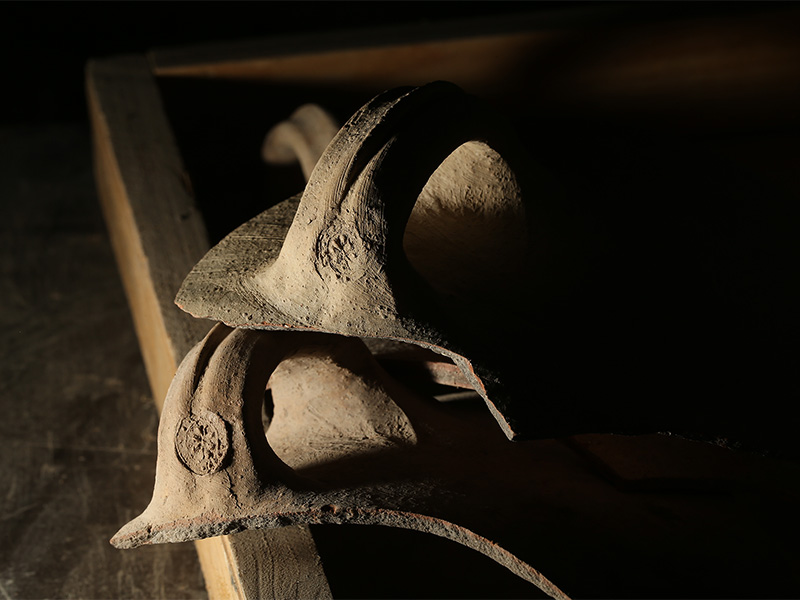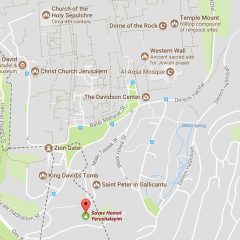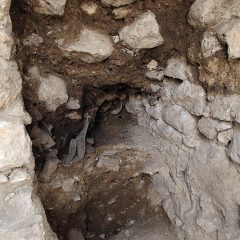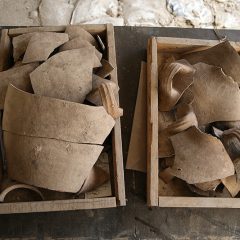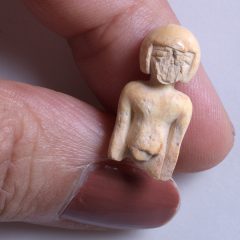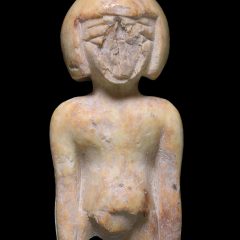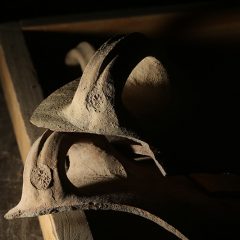JERUSALEM (RNS) — Israeli archaeologists recently discovered 2,600-year-old artifacts they say offer further concrete evidence of the Babylonian destruction of Jerusalem around 586 B.C.
The Israel Antiquities Authority announced the discovery just days before Tisha B’Av, a Jewish fast day commemorating the anniversary of the destruction of both the First Temple by the Babylonians and the Second Temple by the Romans in the year 70.
The fast begins at sundown on July 31.
[ad number=“1”]
The announcement comes at a time of great turmoil in and around the Temple Mount (the Haram al-Sharif in Arabic), the holiest site in Judaism and the third holiest in Islam after Mecca and Medina.
READ: Clashes erupt at Jerusalem shrine as Muslims return to pray
During the four-month excavation, carried out in the Jerusalem Walls National Park near Jerusalem’s Old City, archaeologists found charred wood, pottery, fish scales and bones, grape seeds and “rare artifacts” covered by burned charcoal and layers of building debris.
Among the most important finds were dozens of storage jars, several of them with handles stamped with the image of a petalled rose, or rosette.
- Recent excavations occurred in the Jerusalem Walls National Park near Jerusalem’s Old City. Map courtesy of Google
- The structure in which shattered jugs were found during an excavation at Jerusalem Walls National Park near Jerusalem’s Old City, attesting to the destruction. Photo by Eliyahu Yanai, Courtesy of the City of David Archive
- Shattered jugs, excavated at Jerusalem Walls National Park near Jerusalem’s Old City, attest to the destruction. Photo by Eliyahu Yanai, courtesy of the City of David Archive
- Ivory statue in the image of a woman found during excavations at Jerusalem Walls National Park near Jerusalem’s Old City. Photo by Clara Amit, courtesy of Israel Antiquities Authority
- Ivory statue in the image of a woman found during excavations at Jerusalem Walls National Park near Jerusalem’s Old City. Photo by Clara Amit, courtesy of Israel Antiquities Authority
- Jug handles with the rosette seal used by the administrative system at the end of the Judean Kingdom. Photo by Eliyahu Yanai, courtesy of the City of David Archive
“These seals are characteristic of the end of the First Temple Period and were used for the administrative system that developed towards the end of the Judean dynasty,” according to dig directors Joe Uziel and Ortal Chalaf.
At the time, Jerusalem was the capital of the Kingdom of Judea.
Classifying objects using seals “facilitated controlling, overseeing, collecting, marketing and storing crop yields,” they said.
[ad number=“2”]
The excavation also revealed an artistically rendered small ivory statue of a woman whose hair was cut in an “Egyptian style,” and indicates the wealth of some residents of the ancient city, the authority said.
The excavation also showed that ancient Jerusalem was larger than first thought: It extended beyond the line of the already-excavated city wall before it was destroyed.
“Throughout the Iron Age, Jerusalem underwent constant growth, expressed both in the construction of numerous city walls and the fact that the city later spread beyond them,” Uziel and Chalaf said.
[ad number=“3”]
(Michele Chabin is RNS’ Jerusalem correspondent)
